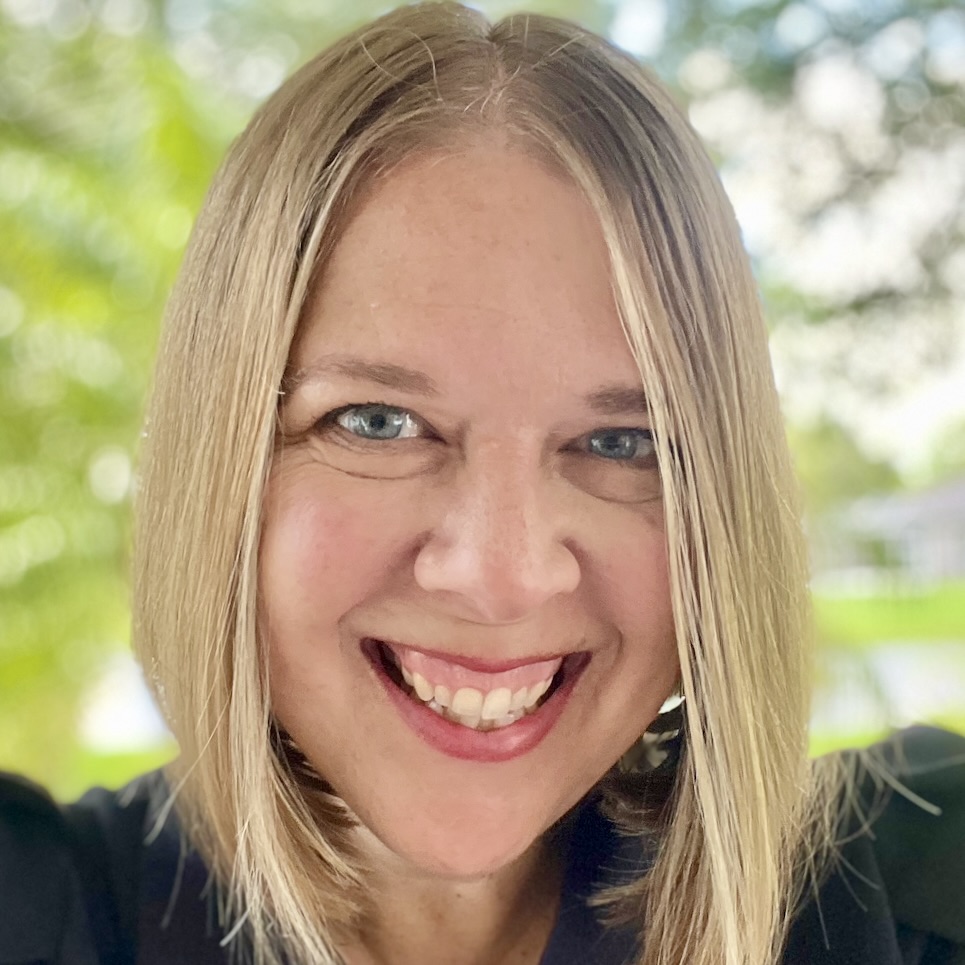The Orlando Sentinel reporter reached out to the San Antonio Express-News reporter on the night of Nov. 15, 2017. Ten days before, a man opened fire in a Sutherland Springs, Texas, church, killing 26 people.
Their Facebook messages started with a tip on something Naseem Miller, who covered the Pulse Nightclub shooting in Orlando, had seen. Silvia Foster-Frau, who led the Express-News' coverage of Sutherland Springs, thanked her for it, and for the care package the Sentinel sent to the Express-News that day.
“Sure thing!” Miller replied. “It’s the least we could do. It’s a bit surreal, isn’t it? It’s suddenly your community. Best wishes to you all and let us know if we can help in any way.”
“Yes, it is,” Foster-Frau replied. “Looking back on this last week and a half is like looking into a haze – I guess my brain hasn’t been able to process it all yet. Thank you.”
Miller responded with a confession and the start of an idea.
“I haven’t been able to walk by Pulse,” she wrote. “That morning I was drinking a Gatorade during a break and some of it spilled on my car’s floor mat and (I) haven’t been able to bring myself to wash it. Not sure why. Maybe we should start a facebook group for support and venting.”
And they did.
Journalists Covering Trauma is a closed Facebook Group that now has more than 150 members. Here’s the group’s description:
A heartbreaking tradition has developed in the journalism community: newsrooms that have been thrust into covering mass shootings in their communities receive care packages from other newsrooms that recently covered one of their own.
As the number of mass shootings becomes more and more a part of the norm in the United States, so does the number of newsrooms covering them. This is a group for those journalists and their newsrooms. Here, you can give advice on how you coped from the secondhand grief, ask how to approach a source on a sensitive topic, and share tips on follow-up stories in the months and years ahead. This is a place for journalists to ask for and give emotional and professional support in covering a mass shooting.
It has just three rules: 1. It’s off the record. 2. Don’t be mean. 3. See 1 and 2.
The day that Miller reached out was the same day Foster-Frau covered the funerals of 10 members of the Holcombe family. What those families have to go through is unimaginable, she said. And covering that shooting changed her.
“A big part of why this group started was there was already this unofficial tragic club of newsrooms that have gone through mass shootings in their communities and understand what this means for their communities,” she said.
Newsrooms have sent each other food and care packages for years. But getting one from the Sentinel was overwhelming, Foster-Frau said, and exactly what she needed in that moment.There were notes of encouragement, bubbles, and a tub of pink playdough, which she still keeps on her desk.
When Miller reached out, Foster-Frau realized there should be more care packages, and they shouldn’t all be physical, but “this kind of support that we could be giving each other,” she said, “especially with dwindling resources in newsrooms.”
Since the two, who've never met in person, set up the page, they’ve found members through reaching out to newsrooms, other member's invitations and connecting with the Dart Center for Journalism and Trauma. Members include journalists in Las Vegas, Connecticut, Boston, Texas and Florida. When new people request to join, the two administrators make sure they’re really covering trauma. They want the space to be a helpful one. And they want it to be troll-free.
Emilee Speck covered Pulse at the Sentinel and now works at Orlando's WKMG. She was an early member of the Facebook group. Through her best friend, Speck also knew Cara Loughran, a 14-year-old student at Marjory Stoneman Douglas High School, who was killed in the school shooting there on Feb. 14.
Speck hasn't talked about her personal connection to one of the victims with that group, she doesn't want to make it about her, but the page is a place to share and learn how to be a better journalist and a better person, she said.
"It does help me," she said. "It's a good reminder to check in with yourself."
Miller started a Google doc tip sheet for the group. It’s broken into three parts: Resources, tips and advice and story ideas. The group is also raising money to start a bar or restaurant tab, pay for care packages and help bring service dogs into newsrooms in Florida, Foster-Frau said. They’ve currently raised around $500.
Those things are great, but Miller worries about newsrooms' ability to take care of the journalists covering these stories, sometimes again and again.
“We keep covering this, and I don’t know if our newsrooms are equipped or have this on their radar.”
Speck isn't sure how newsrooms can prepare and support their journalists for covering mass shootings, either.
"If they could remind us of the counseling services that are available more often, I think a lot of us forget about that," she said. "I don't know, honestly. I don't think that I've learned of a good way to deal with things yet. But I'd like to."







